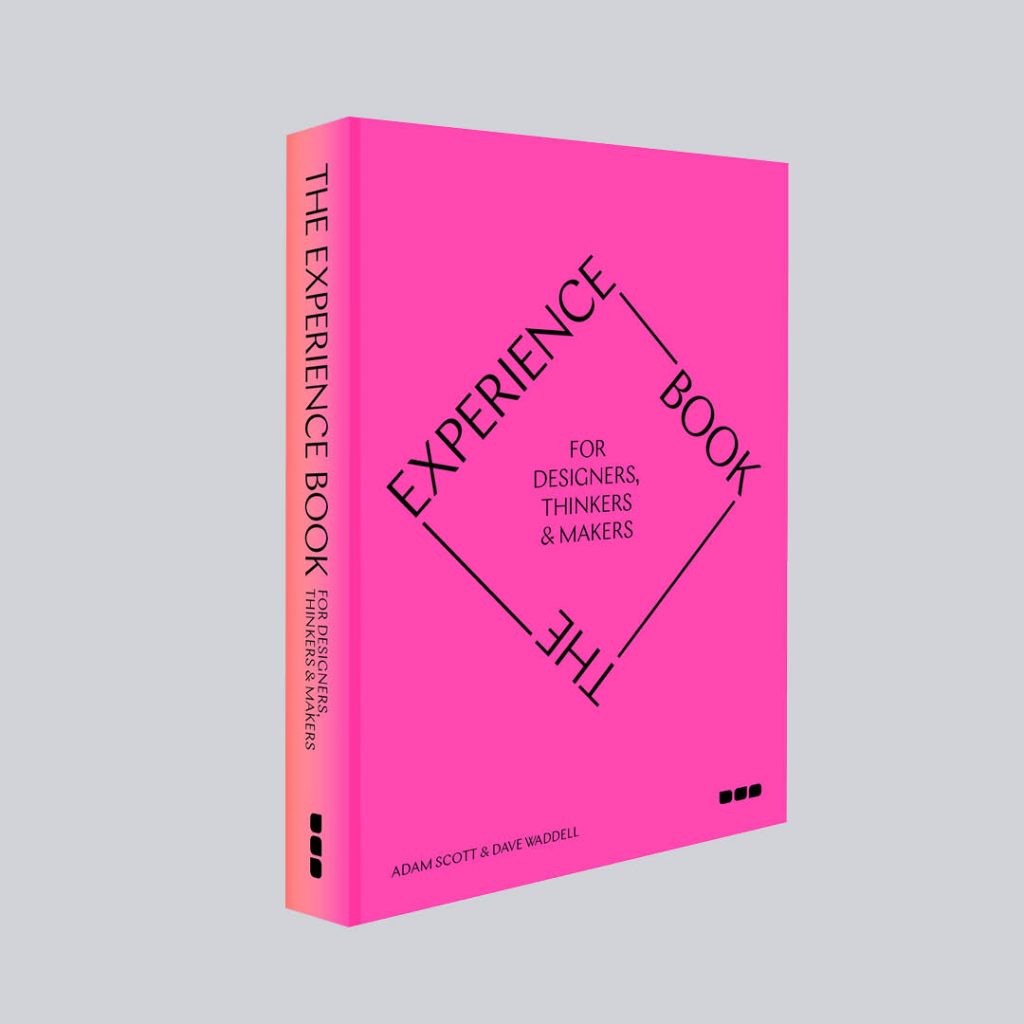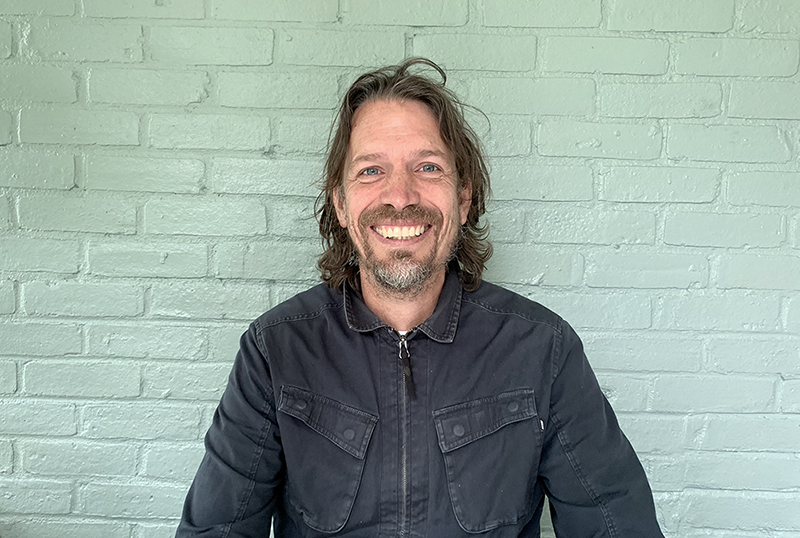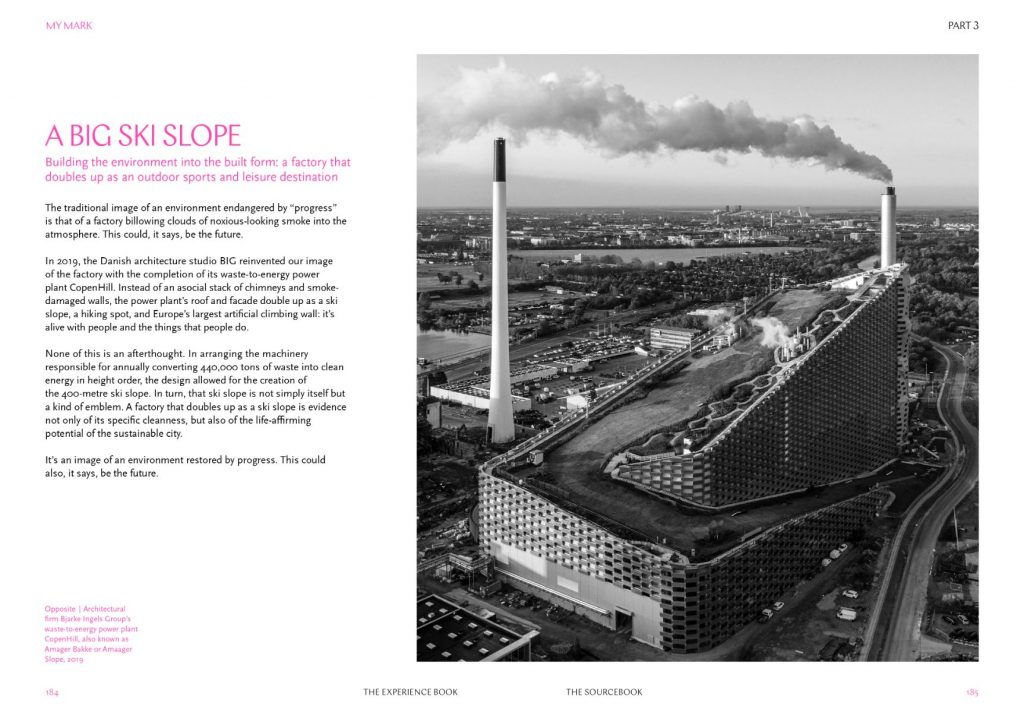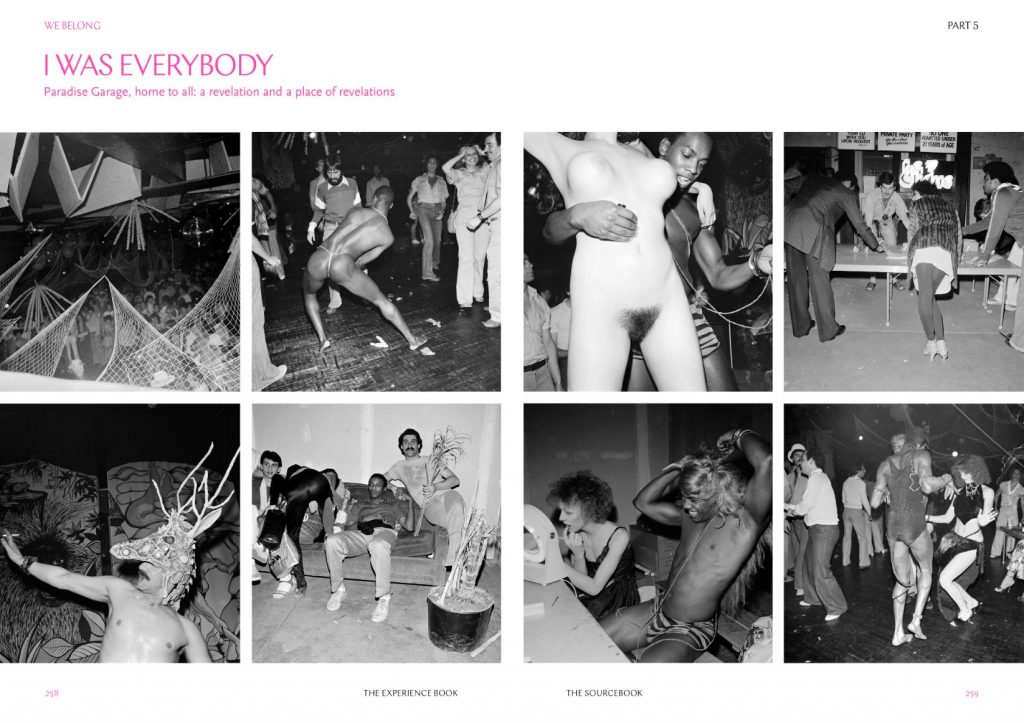
‘It’s a universal foundation for all design’ – Adam Scott on new book about designing experiences
‘It’s a universal foundation for all design’ – Adam Scott on new book about designing experiences
Share
Described as the “Rosetta Stone of experience”, The Experience Book: For Designers, Thinkers & Makers by Freestate founder, architect and designer Adam Scott and his colleague Dave Waddell is a love letter to the transformative power of the designer experience.
Launched last Friday at Melbourne’s Collingwood Yards, The Experience Book: For Designers, Thinkers & Makers is a sprawling (and brightly-coloured) book that explores the design and making of experiences that shape the spaces in which we live, work and play.
The book is split into two parts. Firstly, The Guidebook explains why the human mind indulges in the notion of the experience, referring to historical and contemporary examples of architecture, urban planning, fashion, music, literature and more.
Secondly, The Sourcebook features case studies that demonstrate the power of experience design with examples drawn from the past 35,000 years of space making.
Somewhat of a polymath, Scott chats with ADR about the process of writing a foundational book on an abstract concept, and why he looks forward to the books it inspires.
ADR: You have a very eclectic set of skills and interests. Can you tell us about your early years?
Adam Scott: I grew up in a derelict English landscape garden that was designed by Capability Brown, who began the whole English landscape garden movement. It was also a school where my dad was a teacher.
I think it was extraordinarily powerful to be there, as it was a place built as a story. As you explore the temples, the statues, the inscriptions, the landform, and the trees, it would reward your curiosity by beginning to elicit its stories. The narrative unfolded as you walked and I think it made [such] a big impression on me that, even though I went on to study architecture, I was invested in narrative journeys and narrative environments.
I also started to explore medieval cathedrals and old cities and a lot of my early work was designing festivals, club nights and live events. It was all about the story – or almost like building the story, and a lot of my early years were spent fascinated by that. Then when I got to college, I found the building bit ridiculously inert.
And it was like, ‘What was it? Where is that inner light? Why are we just designing the vessel? Shouldn’t we also be thinking about all of the other elements?’
Like if you design a party. You don’t just design the space, you design the decoration, the lighting, the sound, the food, the drink, the bar, the DJ, the set list, the way we invite people, the way we greet them, the way we then send them on their way and keep in touch. This is how we should really design as a whole ecosystem endeavour.
It became really clear to me that that’s what I was interested in. Whether the references were historic or worldwide, they were always about this complete story world.

Do you think narrative journeys that existed in architecture like medieval cathedrals were lost over time, or is it not as black and white as that?
AS: We can look back to the 18th century to one of the great English architects of the period: John Vanbrugh. Before he was an architect, he was a playwright, a writer, a pamphleteer, and a man who designed pageants. In those days, there was a much softer relationship between all of the many mediums of communication. And I think in that sense, architecture was very much one of those channels.
Where we’ve gone wrong over the last few generations is that we have become extraordinarily siloed in the way we teach and the way we practise. It’s almost like that phrase: ‘If you’ve got a hammer, everything looks like a nail’. If you’re an architect, every challenge looks like a building. If you’re a technologist, every challenge looks like it’s going to be solved with an app.
Fundamentally what I’m interested in is a universal foundation for all design.

What inspired you to go out and write a book? Was there a particular catalyst or was it a culmination of factors?
AS: I had a chest of drawers and over the last 10 years, every time I found an interesting story that might be very broad – whether it was from around the world or whether it was through history – it went into the chest of drawers.
After a while, I looked at them and thought how each belonged to a unique story. So, I made a rough ordering system and started to see this recurring word of ‘experience’. But what on earth is exactly meant by this? Where is the science behind this word that we use so arbitrarily?
And then the book was supercharged by the pandemic. It was clear that the thing we missed more than anything was not the technology or the building or the square, all those things were remarkably empty. It was the fact that we missed one another. We missed the experience of being together.
If we don’t earnestly and intentionally design for that experience of belonging, then our lives flash by and actually, as we lurch from crisis to crisis, we are not together to deal with it because we’re in this atomised state. We’re all on our couches watching Netflix, and we’re not actually together anymore.
It felt important to say, “Here’s a book that will be your manual for belonging.” It’s an attempt to be the Rosetta Stone of experience.

Do you think there’s a risk that when designers endeavour to create experiences they can become too manicured and lose authenticity?
AS: I think all you ever do in design is nudge people. What the book talks about is not to think of it as a linear narrative arc. I think successful experiences are the ones that invite participation rather than forcing collaboration, where there is a feeling of meandering that spirals into a moment of explosion, realisation or transformation.
Those are the ones where you find your way into it on your own terms and you participate in a way that connects for you because you’ve given your valuable time – it inspires belonging.
How did it feel when you finally had the book printed and in your hands? What was it like to have it finally completed?
AS: Initially, I was absolutely elated to achieve something that began as such an abstract thing. To see it all together as something as an artifact was very moving but then I immediately felt so vulnerable. I thought, ‘maybe it’s not finished, what on earth were we doing?’
Like, how ridiculous is it to write a book about experiences – it’s so freaking obvious! It’s like writing a book about Tuesdays.
But since launching the book, it’s been wonderful to be out in the world hearing what people have to say about it. It’s a real conversation point. Nobody has written a book that is this foundational yet, it’s a start. And I look forward to the books that it inspires thereafter.

The Experience Book is available to purchase online via www.blackdogonline.com.
You can also check out The Experience Book‘s Instagram here!
Lead image of Adam Scott. Imagery supplied by Hassell.
















